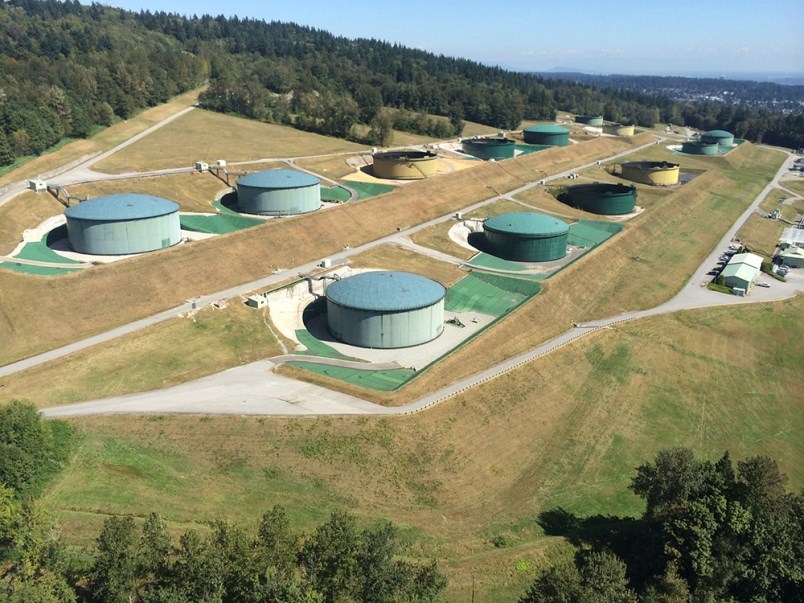Editor:
Re: Opinion: These are the scariest things I heard at Burnaby tank farm safety eventNOW blogs, Oct. 4.
There is nothing more important to Trans Mountain than the safety and well-being of our neighbours, the community and our workers. Recently, questions have been raised about fire safety at our terminal operations. Here are the facts.
In more than 65 years of operation in Burnaby, we’ve never had a storage tank fire. Although tank fires world-wide are extremely rare, we constantly review, test and update our prevention and emergency management programs to ensure our terminals operate safely.
Our facilities are designed and operated to industry best practices and meet the most stringent fire safety standards, many of which exceed regulatory requirements. For example, fire-safe operations at our Burnaby Terminal include measures for early detection and fire suppression systems, operational procedures to reduce possible risks, training exercises, site-specific fire pre-plans, oversight by the Canada Energy Regulator (CER) and compliance with the American Petroleum Institute and National Fire Protection Association (NFPA) standards.
As part of regulatory requirements and according to industry best practices, in-service tank inspections occur daily, monthly, annually and every five and twenty years; each with specific protocols. We employ additional safety measures at Burnaby Terminal, such as trained emergency response technicians, 24/7 monitoring for early fire detection and an advanced on-site fire suppression system, which includes a rapidly deployable specialized sprinkler system designed for forest fire protection and protection along our fence line.
As part of the Expansion Project, we have enhanced our emergency response program to address the requirements of the system to account for new infrastructure. We are also introducing new preventative and mitigation measures designed to reduce the risk of fires and spills.
At Burnaby Terminal, the Expansion Project-related fire protection enhancements include a larger fire-water reservoir, new high-capacity fire-water pump and foam systems, dual early fire detection systems, remote-activated fire suppression systems and an enhanced mobile firefighting system that includes a foam trailer, foam cannon and firefighting equipment to back up the fixed system.
The location and spacing for the new terminal tanks meet all relevant regulatory requirements and are consistent with environmental best practices of using existing infrastructure to minimize disturbances. The tank locations will result in setbacks greater than those established in Burnaby bylaws.
The primary access routes at Burnaby Terminal will be designed and constructed so that emergency response access is available from a minimum of two independent directions, and emergency responders will have rapid access to high-capacity water and foam concentrate supplies and various forms of fire-fighting equipment, both fixed and portable.
Our Emergency Response Plan for terminals and tanks, located on our website, contains the most up-to-date information on emergency response for our terminals. The enhanced plans for the Expansion Project and facilities are in development and we look forward to working with the City of Burnaby on them well before the new infrastructure goes into service.
The Burnaby Terminal has been operating safely for more than 65 years and through our prevention and emergency management programs, we are confident we can prevent and respond to any kind of incident today and into the future.
For more information on our Emergency Response Plans, please visit: https://www.transmountain.com/emergency-response-plans.
Michael Davies, Vice President of Operations, Trans Mountain Corporation



